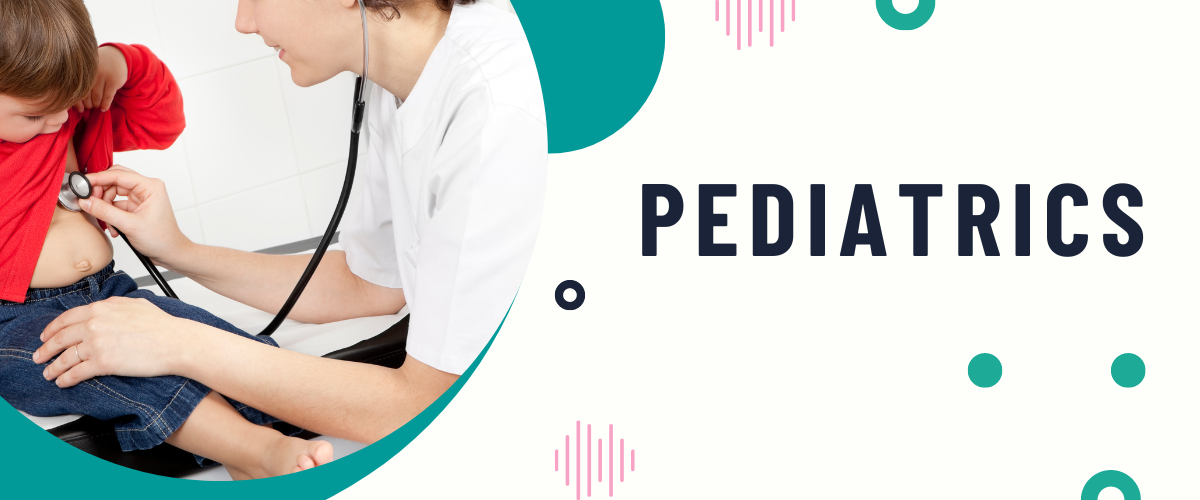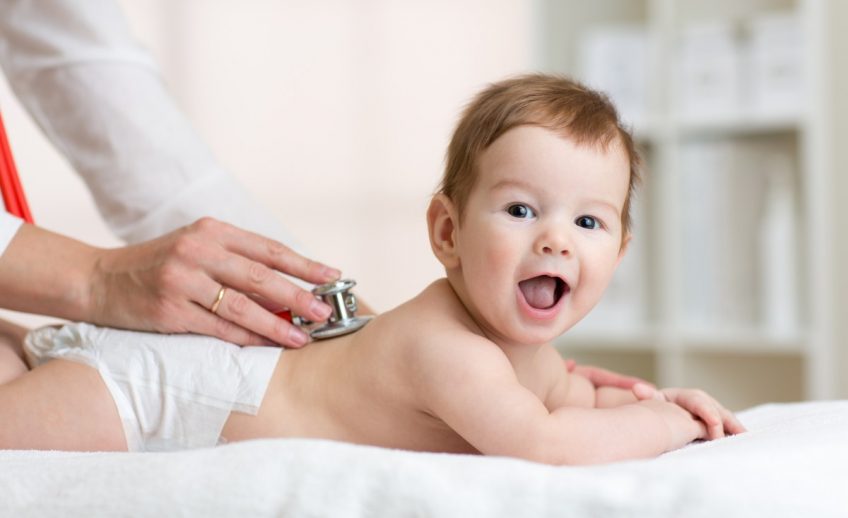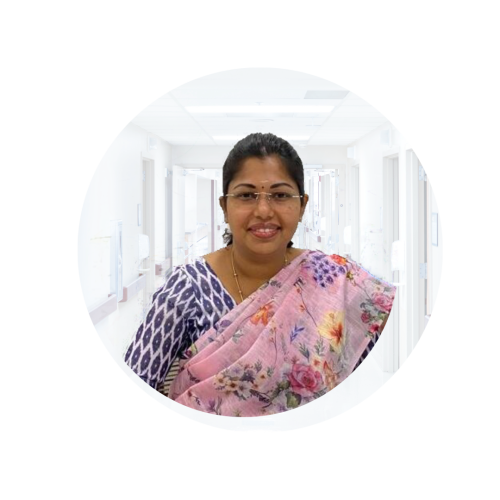
PAEDIATRICS

PAEDIATRICS
Children with orthopaedic problems require special attention that considers their bones, joints, and muscles in order to provide appropriate treatment that does not interfere with their growth and development. Our specialists have received specialised training in the diagnosis, treatment, and prevention of paediatric orthopaedic problems, and they collaborate with parents and children to ensure that all patients have a happy and healthy development.
Congenital deformities, childhood sickness, shattered bones, playground accidents, sports injuries, and aches and pains linked with puberty growth spurts are just a few of the orthopaedic disorders that affect children and teenagers.
Children with these diseases may experience altered muscle tone, reduced balance, weakness, poor coordination, and a loss in functional mobility, as well as pain, swelling, and bruising, depending on the type of injury or disease.

DR.SUBHA VINISH
PAEDIATRICIAN
M.D.DCH
12.00 NOON-2.00PM/5.00PM-6.00PM
While children are prone to many of the same traumas and illnesses as adults, they are also susceptible to specific congenital disorders that may limit their ability to walk or do other daily chores independently. While many children may naturally grow out of these issues over time, some may require continuous treatment to maintain or restore function in the affected area.
Some of the most common childhood conditions include:
- In-toeing
- Bowlegs
- Knock knees
- Club foot
- Flat foot
Our caring team of paediatric orthopedicians, nurses and technicians tend to the unique needs of congenital, developmental and acquired musculoskeletal (bones, joints and related soft tissues – muscles, tendons, ligaments) disorders in children of all ages.
Children are more likely than adults to have injuries such as fractures, sprains, and dislocations due to the fragile nature of growing bones and joints. Children are also more active than adults and are more prone to sustain injuries or mishaps when exercising.
Because children’s bones are robust and flexible, many of these injuries heal more quickly in children, allowing your child to return to normal growth and activity with little to no long-term damage. Conservative treatment options such as casting, rest, and immobilisation are frequently effective in the treatment of these injuries.
Muscle abnormalities or imbalances are common in children with specific neurological diseases, necessitating long-term care so that patients can maintain a certain level of quality of life and independence regardless of their condition. We offer treatment programmes for a variety of conditions, including cerebral palsy, spina bifida, and muscular dystrophy, to assist patients regain function in their damaged areas. Some of these disorders may necessitate surgery to rectify structural abnormalities, as well as ongoing physical therapy programmes tailored to each patient’s needs.
Visit a paediatric orthopaedician if your child is experiencing bone, joint, or muscle discomfort that isn’t related to growing pains or if he or she has sustained an acute injury.
While examining infants, toddlers, and adolescents, Parvathy Hospital uses a multidisciplinary approach to integrate all medical, social, psychological, and developmental needs in order to address apparent difficulties.
Our medical staff devotes special attention to patients, which demands the complexities of our health practises, in addition to a comprehensive plan of care.
Your child’s orthopaedic problem can be treated in a variety of ways. Stretching exercises, casting, orthotics, physical therapy, and surgery may be recommended for your child depending on his or her specific issue. After a physical exam and a thorough examination of the patient’s age and overall health, your doctor will select the most effective treatment option for your child’s specific issue. Each child will receive a personalised treatment plan to support optimal healing and continued growth and development. Many children are able to overcome these challenges and go on to play sports and grow normally. Parents should take their children to the doctor as soon as they notice signs of orthopaedic disorders in order to avoid permanent damage.
Conditions treated:
- Pulled/Nursemaid’s Elbow
- Knee Varus/Valgus – Bowed Legs/Knock-Knees
- Flat Foot
- Clubfoot
- DDH (Development Dysplasia of the Hip)
- Deformities
- Obstetrical Brachial Plexus Palsy
- Paediatric Trauma
Development Dysplasia Of The Hip (DDH)
Infants who are born in the breech position are likely to have DDH.
Legs of varying lengths, unequal skin folds on the thigh, less mobility or flexibility on one side, limping, toe walking, or a waddling gait are all indicators of hip looseness or instability.
A harness or brace can typically be used to rectify it. It can lead to hip pain and the development of wear-and-tear arthritis if left untreated.
Clubfoot
Clubfoot, also known as CTEV (Congenital Talipes Equinovarus), is a rare disorder in which the foot is twisted inwards. It causes the foot to point downwards, with the ankles and toes bent inwards, and the feet to face each other, which is the opposite of the typical position. Boys are more likely than girls to be born with clubfoot.
Bowed Legs/Knock-Knees
Infants and toddlers frequently have bowed legs. Bowleggedness is a condition in which the knees are too far apart to come together when standing.
The problem usually goes away by the time the child reaches the age of three. If the problem isn’t remedied by then, the child may develop knock-knees (where both the knees come together). Treatment is determined by the child’s individual needs as well as the parent’s preferences.
Paediatric Trauma
Paediatric orthopedists play a critical role in the treatment of children who have been wounded in an accident or have fallen unexpectedly. They’ve been taught to spot and repair even the tiniest disruptions in a child’s life.
It’s critical to get expert help because the sooner your child recovers from the trauma, the more likely they are to grow at the same rate as their classmates. They will also ensure that the parents’ queries and uncertainties are addressed. A paediatric orthopaedic surgeon would continue to monitor the child’s healing and improvement.
Pulled/Nursemaid’s Elbow
Children’s nursemaid’s elbow is a common elbow injury. When a child’s elbow is pulled and a bone is dislocated, this occurs.
The injury is named after a time when nursemaids or nannies cared for children and were accused of injuring them by yanking on a child’s arm.
Because a child’s elbow is still developing, pulling the elbow bones out of place requires only a small amount of force. The youngster will be hesitant to bend, rotate, or use his or her arm, and will instead keep it at his or her side.

Sri Balaji Hospitals is a 35 bedded Multispeciality hospital located on the highway in Nolambur Chennai.
Contact Us
+91 7200071640
+919150779806
sbhreception@gmail.com
Sri Balaji Hospitals
(A Unit Of Sree Jaya Surya Hospital Private Limited) No;318/3b2 Chennai By-Pass Service Road , S.R.R Nagar. Nolambur. Chennai-600037
©2022. The Right Hand. All Rights Reserved.
